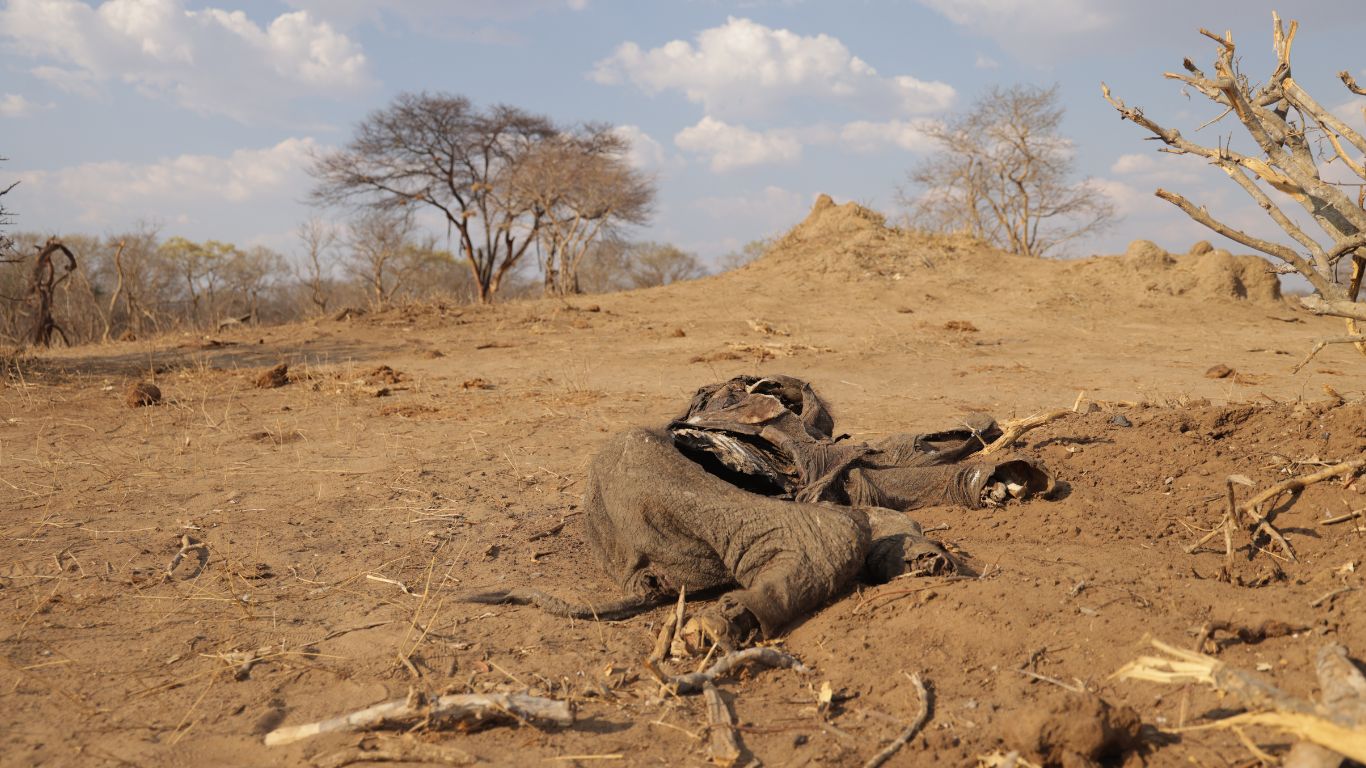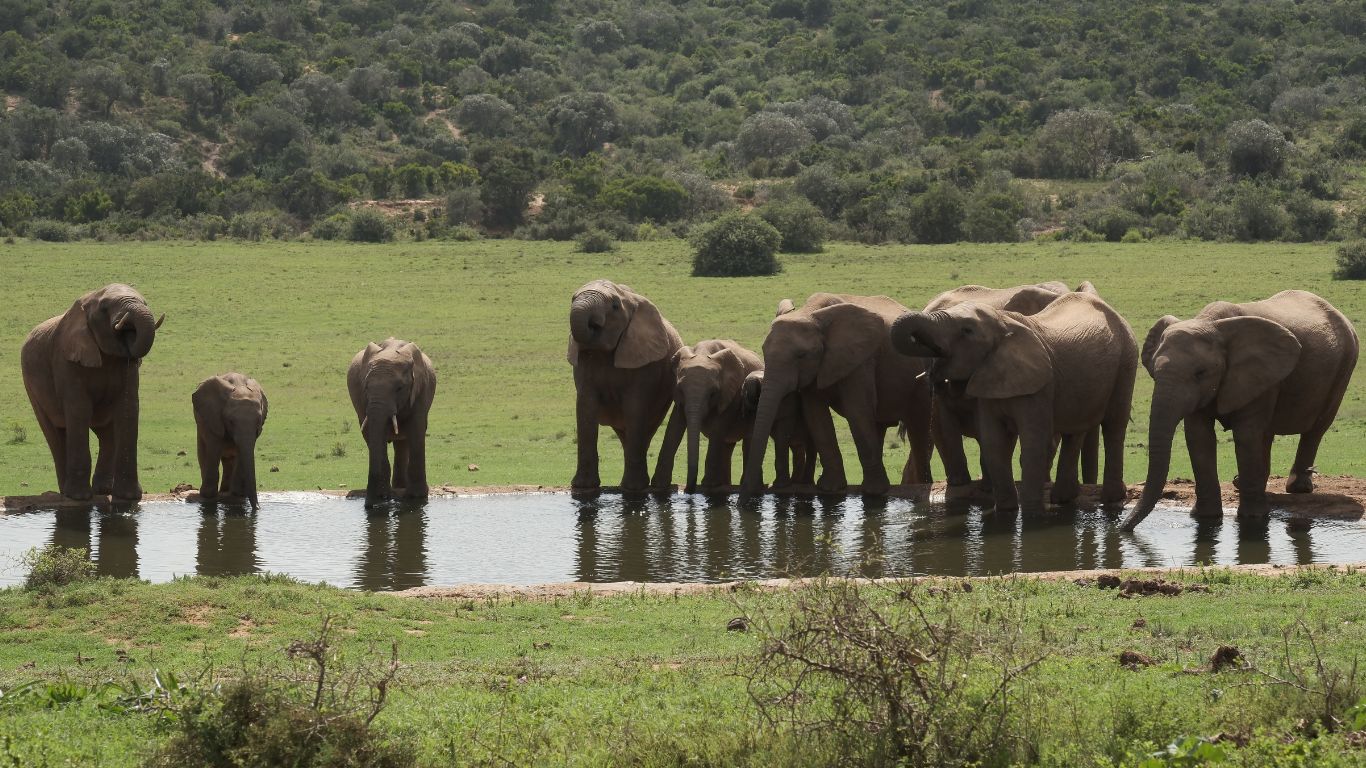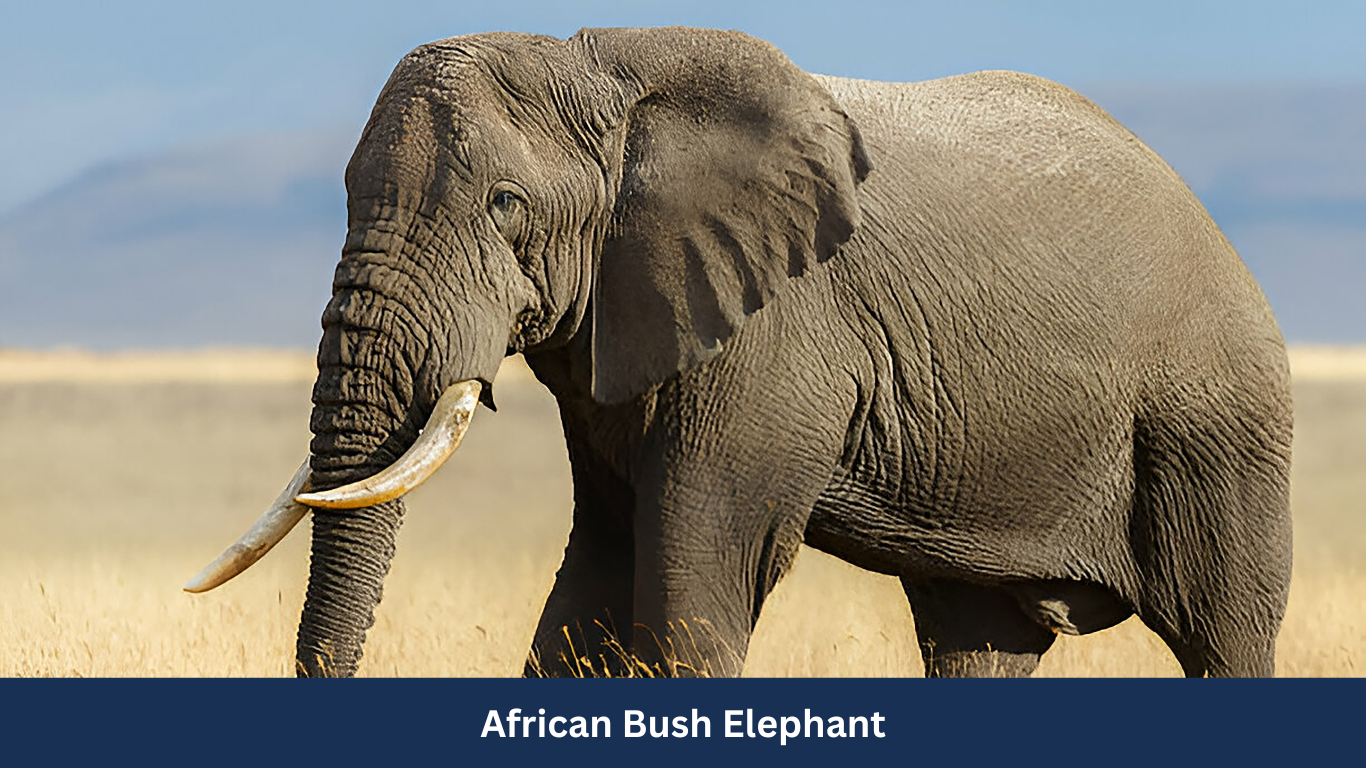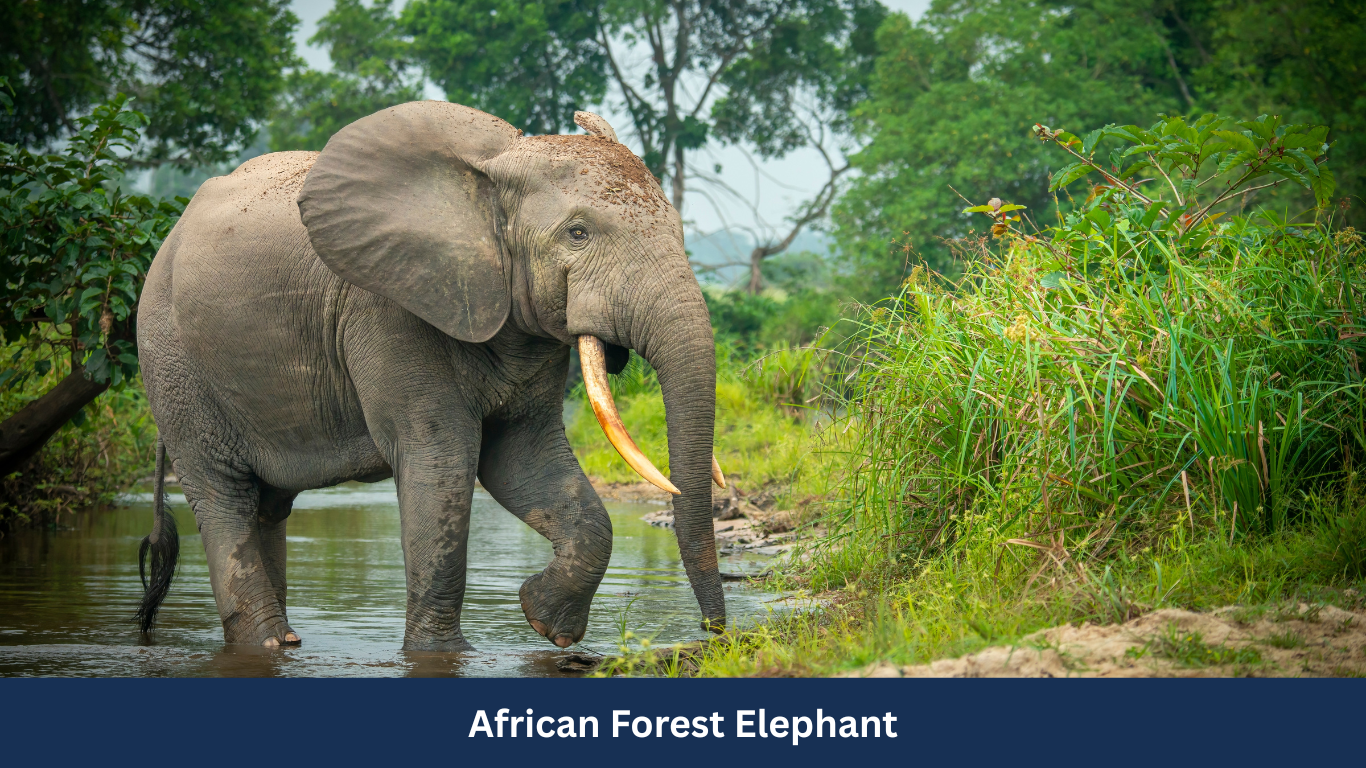Elephants – the third most poached animal in the world
Despite being the world’s largest living land animals, elephants are no match for poachers, who relentlessly hunt them for their tusks.
Today, due to the scourge of poaching, both African elephant species — the savanna elephant and the forest elephant — have suffered catastrophic population declines, with numbers plummeting by as much as 90% in some regions. Both are now classified as endangered and face a high risk of extinction.
Why are elephants being hunted to extinction?
Elephants are known for their gentle nature, complex social dynamics and excellent memory. They are easily recognized by their iconic tusks, trunks, and large, flapping ears.
But, despite their size, these magnificent mammals are some of the biggest victims of poaching in the animal kingdom, after pangolins and rhinos.
Elephants’ tusks are highly sought after for use in unproven traditional “cures” and “medicines,”, as well as for decoration and as a display of wealth, primarily in Asia. Widespread poaching has caused a sharp population decline globally and cemented their status as endangered.
Today, poaching is the main cause of death for African forest elephants, and more of these majestic creatures are being hunted every day.
There are three recognized species of elephants
- The African bush elephant, largest of the three, found in the grasslands and deserts of sub-Saharan Africa.
- The African forest elephant, a subspecies of the African bush elephant, only recently recognized and the most endangered of the three.
- The Asian elephant, found throughout southeast and southwest Asia, mainly in India. The Asian elephant is considerably smaller than its African counterparts.
These three species are the only surviving members of the elephantidae family; their extinct members include mammoths and mastodons.
Quick facts
Elephant tusks are actually modified teeth, which are used to dig or rip bark off trees, and in territorial fighting. First appearing around age two, they continue to grow throughout the elephant’s life.
Elephants have impressively large ranges, moving up to 130 miles (200 km) daily in search of food and water.
Their trunks are highly sensitive and dexterous, containing up to 150,000 muscle units. Trunks are used for drinking, eating and communication.
The elephant exemplifies “thick skin.” Their tough gray skin, made up of numerous folds and wrinkles, has evolved to help retain water, protect against injury, and defend against parasites.
Elephants are masters of DIY sunscreen, often using dust or mud baths to coat their hide to avoid sun damage and maintain an even body temperature in hot climates.
To maintain their energy and fuel their massive bodies, elephants must consume up to 330 pounds (150 kg) of food each day, and drink up to 50 gallons (around 190 litres) of water.
Elephants have a range of vocalizations including trumpeting, low-frequency rumbles and seismic signals, which can travel vast distances and through the ground. Humans cannot hear these, but elephants can pick them up through their bones.
Elephants have a frontal lobe that is larger and denser than that of any other land mammal and even more complex than that of humans. This allows for a capacity for memory that has birthed the well-known saying, “An elephant never forgets.”
It is estimated that every year, 20,000 elephants are lost to the brutal illegal ivory trade in.
The illegal ivory trade has driven the poaching of elephants for decades and continues to this day. Compounding this mass slaughter are many other threats to elephants’ existence, including:
- Habitat loss: Deforestation and clearing of natural vegetation to make way for agriculture and human settlements has destroyed natural habitats that elephants heavily rely on . Once-expansive ranges of land have now been reduced to small pockets of fragmented natural habitat. This has exacerbated human-elephant conflict, as it has restricted elephants to smaller ranges where they compete with humans for food and water.
- Tourism: Asian elephants are often stolen from the wild and forced into the tourism trade, either to perform in circuses, be ridden for tourist attractions, or be spectacles in small zoos.
- Climate change has contributed to the decreased availability of resources, with ever-worsening effects on elephants. Droughts have resulted in the deaths of thousands of elephants, either from dehydration or starvation as vegetation fails to grow.

How you can help
At ASI, we support partners around the world who work to improve conditions and protection for elephants. From supporting elephants rescued from the tourism or logging trades to funding anti-poaching initiatives and drought-relief projects, we work to save every life we can.
If you’d like to support our fight to improve the lives of elephants worldwide, while protecting them from poachers, climate change and other threats, donate to ASI today.




